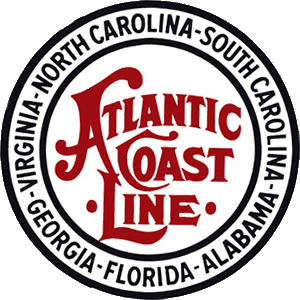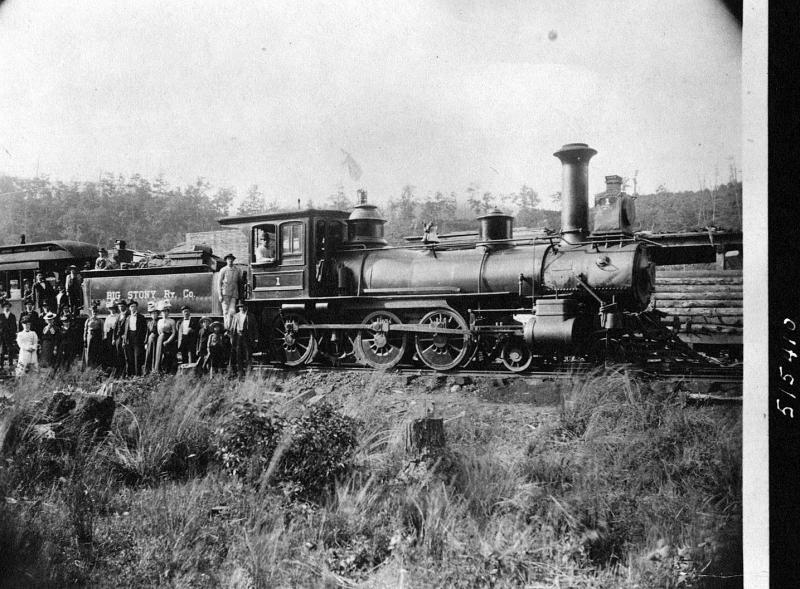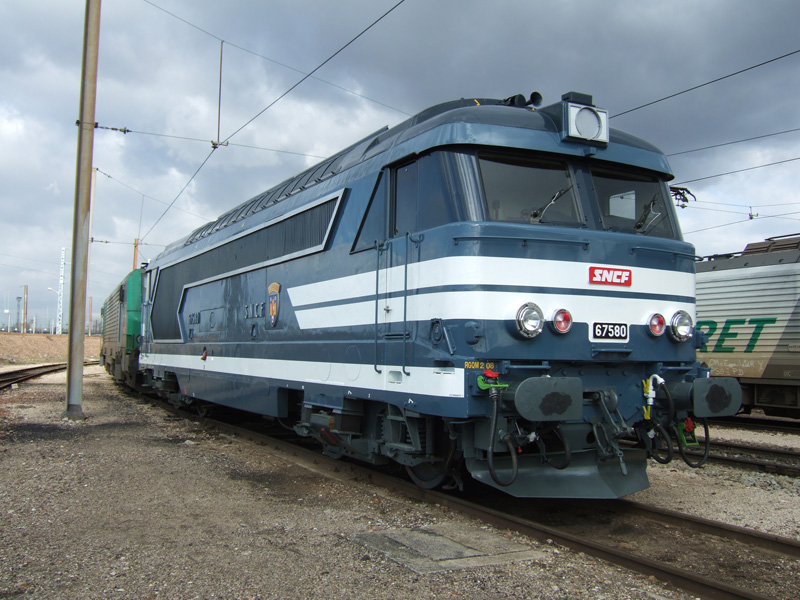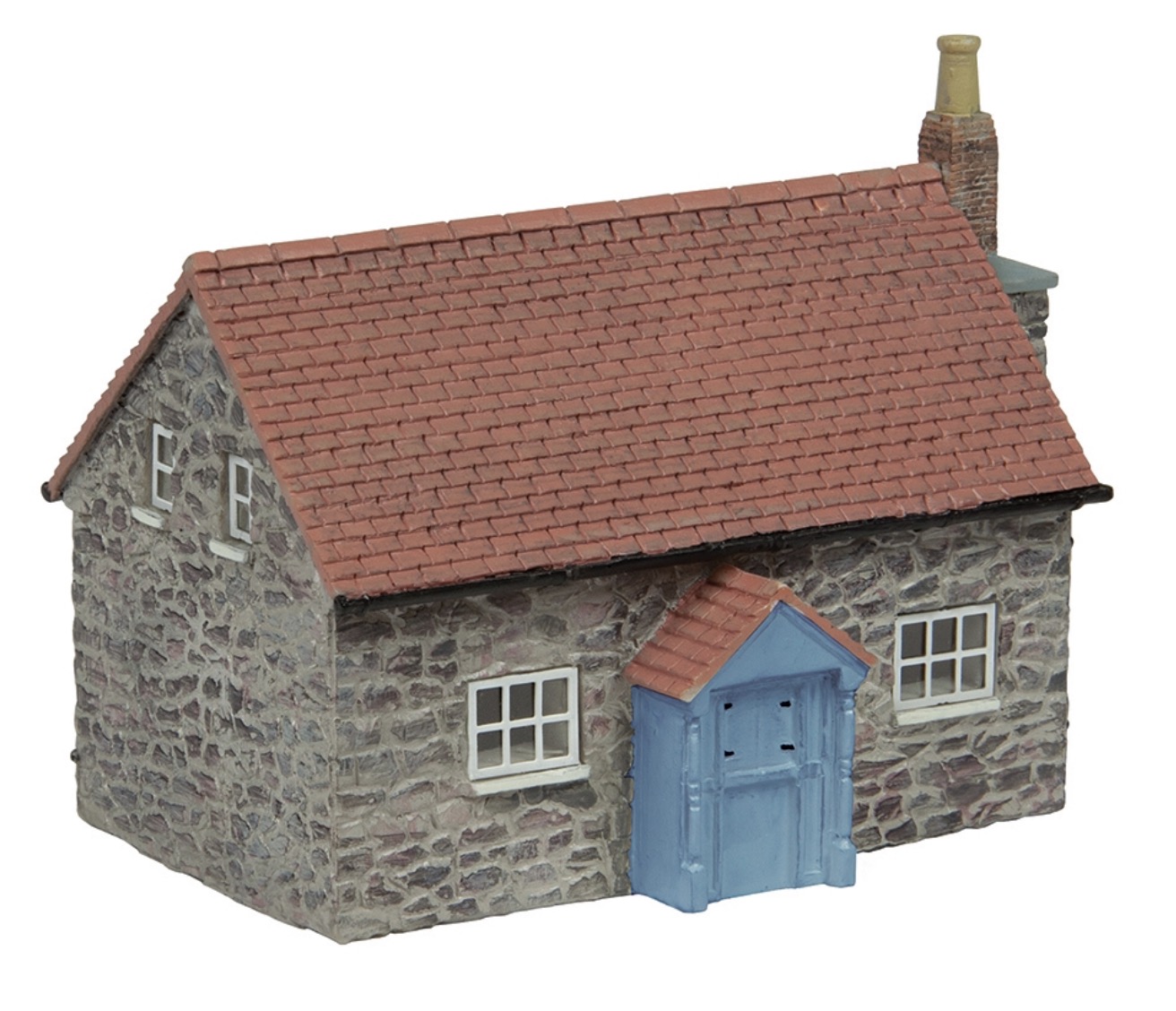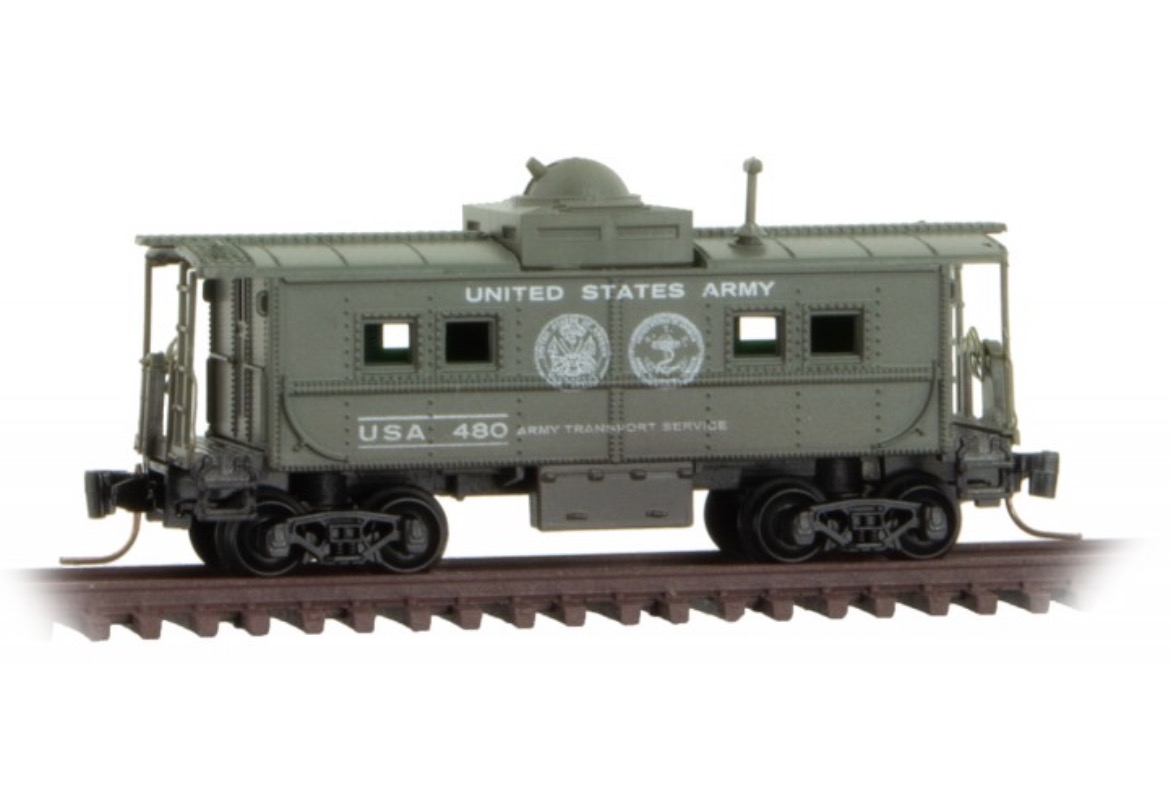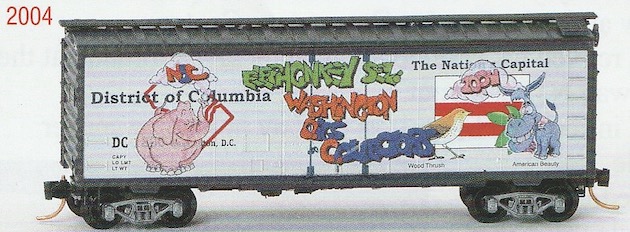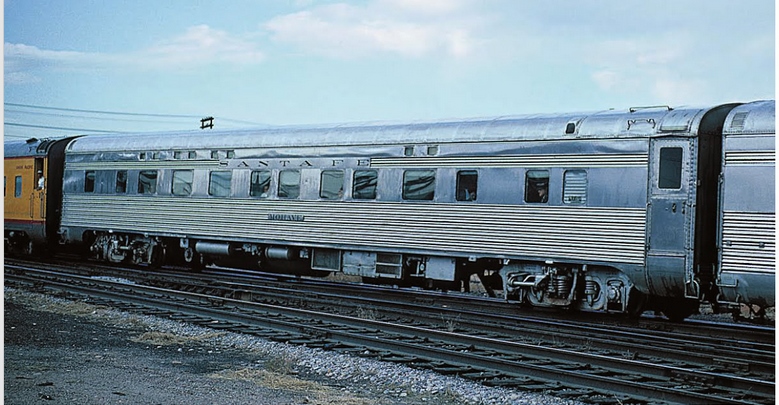AZL - 73030-1 - Passenger Car, Lightweight, Pullman, Sleeper 4-4-2 - Atlantic Coast Line - Manatee River
Click to see the details
market
| Brand | AZL |
| Stock Number | 73030-1 |
| Original Retail Price | $71.00 |
| Manufacturer | AZL |
| Body Style | AZL Passenger, Lightweight Sleeper 4-4-2 |
| Prototype Vehicle | Passenger Car, Lightweight, Pullman, Sleeper 4-4-2 (Details) |
| Road or Company Name | Atlantic Coast Line (Details) |
| Road or Reporting Number | Manatee River |
| Paint Color(s) | Silver with Black Roof |
| Print Color(s) | Black |
| Coupler Type | AZL AutoLatch |
| Wheel Type | Chemically Blackened Metal |
| Release Date | 2020-05-01 |
| Item Category | Passenger Car |
| Model Type | Lightweight |
| Model Subtype | Pullman |
| Model Variety | 4-4-2 Sleeper |
| Region | North America |
| Prototype Era | NA Era III: Transition (1939 - 1957) |
Prototype History:
The "Imperial" 4-4-2s are among the most popular designs in Lightweight passenger service. They have an excellent array of middle to top level accommodations, with 4 double bedrooms, 4 comfortable compartments and 2 drawing rooms.
The drawing rooms have evolved from the Heavyweight days. The restroom is arranged differently (note that most of the toilets are near the centerline of the car, where their chutes can clear the underbody gear mounted along the car edges.) In place of the section and sofa combo, a sofa and two armchairs provide day accommodations. At night, the sofa folds down into a traditional upper and lower. The third berth is a "Murphy bed" that folds down from a wall locker.
The compartments have a similar arrangement of sofa and chair; being, in effect, miniaturized drawing rooms. The bedrooms are similar again, with less floor space and no chair. The fundamental difference between a "single bedroom" and a "double bedroom" is that the single does not have an upper berth.
There are still a few shortcomings with this design. For example, the compartments and bedrooms still have the open toilets (postwar cars will have these enclosed in tiny restrooms). The compartments also have the prewar style small windows above the main windows. These were originally designed to give the upper berth a window view. However, in these cars, the berths are mounted laterally.
Still, these are excellent cars: requiring only detail refinements to achieve the long-sought perfection of the sleeping car. These versatile 4-4-2s are found on trains throughout the country.
The drawing rooms have evolved from the Heavyweight days. The restroom is arranged differently (note that most of the toilets are near the centerline of the car, where their chutes can clear the underbody gear mounted along the car edges.) In place of the section and sofa combo, a sofa and two armchairs provide day accommodations. At night, the sofa folds down into a traditional upper and lower. The third berth is a "Murphy bed" that folds down from a wall locker.
The compartments have a similar arrangement of sofa and chair; being, in effect, miniaturized drawing rooms. The bedrooms are similar again, with less floor space and no chair. The fundamental difference between a "single bedroom" and a "double bedroom" is that the single does not have an upper berth.
There are still a few shortcomings with this design. For example, the compartments and bedrooms still have the open toilets (postwar cars will have these enclosed in tiny restrooms). The compartments also have the prewar style small windows above the main windows. These were originally designed to give the upper berth a window view. However, in these cars, the berths are mounted laterally.
Still, these are excellent cars: requiring only detail refinements to achieve the long-sought perfection of the sleeping car. These versatile 4-4-2s are found on trains throughout the country.
Road Name History:
ACL’s roots go back to the Petersburg Railroad in 1830. By the 1870s, their successors and some affiliated lines began using Atlantic Coast Line as a nickname and through a number of consolidations Atlantic Coast Line became the official name by 1900.
Atlantic Coast Line funneled traffic from northern Virginia (and its connections to the northeastern trunk lines via the RF&P) down through the Carolinas, Georgia and into Florida as far as Naples on the Gulf Coast. Acquisitions after the war added routes from Columbia and Spartanburg, South Carolina to the coast and lines linking Atlanta, Birmingham and Montgomery to southern Georgia and Florida.
At that point, the Atlantic Coast Line boasted 5,743 miles of railroad, 629 locomotives, 361 passenger cars, and 31,284 freight cars. To put that into perspective for you western guys, that's four times the size of Western Pacific.
ACL was the premier route for New York to Florida passenger traffic. The ACL's "Champion" left New York on the Pennsy, was handed off to the RF&P from Washington to Richmond, ran on the ACL to Jacksonville, FL and was then handed off to Florida East Coast for the ride to Miami. The "West Coast Champion" skipped the FEC as ACL went all the way to Tampa on Florida's Gulf Coast on its own rails. ACL also forwarded some Chicago to Florida trains via connections. Much of the system was relatively flat, allowing ACL to use 4-6-2’s in fast freight service (one of the few railroads to do this.)
ACL is best known for its purple and silver diesels. This scheme was used on freight, passenger, and switcher power until 1957. By that time, it became clear that these colors were difficult to maintain, so the ACL switched to racing stallion black with yellow “tack.” The Atlantic Coast Line merged with the Seaboard Air Line Railroad in 1967 to form the Seaboard Coast Line.
At that point, the Atlantic Coast Line boasted 5,743 miles of railroad, 629 locomotives, 361 passenger cars, and 31,284 freight cars. To put that into perspective for you western guys, that's four times the size of Western Pacific.
ACL was the premier route for New York to Florida passenger traffic. The ACL's "Champion" left New York on the Pennsy, was handed off to the RF&P from Washington to Richmond, ran on the ACL to Jacksonville, FL and was then handed off to Florida East Coast for the ride to Miami. The "West Coast Champion" skipped the FEC as ACL went all the way to Tampa on Florida's Gulf Coast on its own rails. ACL also forwarded some Chicago to Florida trains via connections. Much of the system was relatively flat, allowing ACL to use 4-6-2’s in fast freight service (one of the few railroads to do this.)
ACL is best known for its purple and silver diesels. This scheme was used on freight, passenger, and switcher power until 1957. By that time, it became clear that these colors were difficult to maintain, so the ACL switched to racing stallion black with yellow “tack.” The Atlantic Coast Line merged with the Seaboard Air Line Railroad in 1967 to form the Seaboard Coast Line.
Brand/Importer Information:
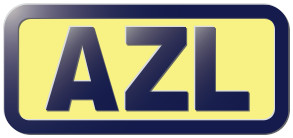 AZL is the leader in North American Z scale locomotives and rolling stock. Since 2000, AZL has released a vast variety of freight, passenger and locomotives. AZL continues to push the boundaries of Z scale with amazing details and incredible performance. No matter if you are looking to run steam, or the most modern diesels, AZL has something for you.
AZL is the leader in North American Z scale locomotives and rolling stock. Since 2000, AZL has released a vast variety of freight, passenger and locomotives. AZL continues to push the boundaries of Z scale with amazing details and incredible performance. No matter if you are looking to run steam, or the most modern diesels, AZL has something for you.

Item created by: CNW400
on 2021-07-14 12:15:10
If you see errors or missing data in this entry, please feel free to log in and edit it. Anyone with a Gmail account can log in instantly.
If you see errors or missing data in this entry, please feel free to log in and edit it. Anyone with a Gmail account can log in instantly.



